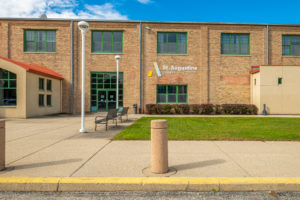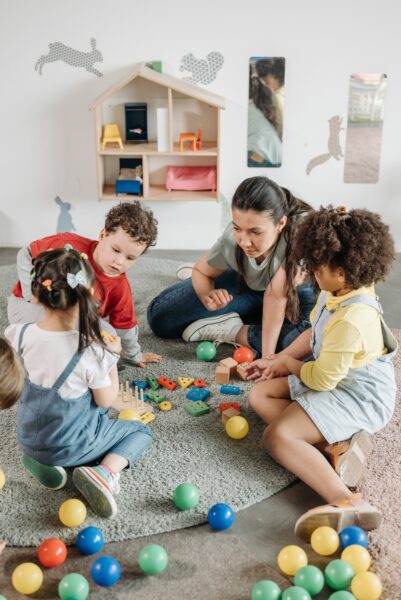Three Ways to Create a Positive Environment in ECE
If you’re curious about what makes a good childhood educator, the first step is creating an optimal environment for learning, one that will both help to encourage learning and still keep the environment fun, which will help to keep students engaged with the material, and hopefully instill in their developing minds an attachment between fun and learning that will keep them engaged throughout their lives.
What are the Components of Early Childhood Environments
Physical Environment When you step into a positive classroom environment, you are expected to see bright colors, engaging and easy-to-read posters, and more. The physical environment is the overall design and layout of the classroom, along with the materials and furnishings that make up the early childhood education classroom. Social Environment This is focused on the relationships that are established between everyone who enters the early childhood classroom, from the teachers and the students to even parents and the administration. Temporal Environment This environment is focused on the way lessons and day-to-day activities are scheduled, from how long a single lesson should take to when and why young children have certain classes at certain times of the day.
How to Create a Positive Learning Environment (With Examples)
If you want to create a classroom that encourages toddlers, infants, and preschoolers to learn, these three components above are essential to being a successful early childhood educator: Establishing a Relationship with the Family Learning starts in the family, and being able to communicate freely and comfortably with the parents, as well as the young students, is a crucial component in making sure every student is accommodated and their own personal needs are met. When a certain student starts acting out, it is important to get the parents involved, and if an amicable relationship has already been established, it makes these important conversations easy to facilitate. Create a Safe Space For many young children, this classroom will be the first time they are away from their parents or guardians for an extended period of time, so you want to create an environment that a toddler can easily adjust to and be comfortable in. This can be done by establishing predictable routines and transitional strategies. Even having a space, such as a “cozy corner”, will help emphasize that this is a positive classroom environment for early childhood educators. Practice Self-Regulation Skills An important aspect of ECE is for toddlers and preschoolers to create a foundation for the rest of their lives, in and out of the classroom. Make sure the games and activities have valuable lessons attached to them, such as learning how to share, be patient, and even understand someone else’s emotions.
Where Should You Get a Chicago-Based Degree in ECE?
At St. Augustine, learning about the characteristics of a positive learning environment is just one of the tenants of getting a BA in Early Childhood Education. Providing advanced training in early childhood education, along with student teaching opportunities, this Chicago-based teaching program is up to National CAEP standards, making sure your skills can be transferable regardless of where you live in the nation after graduating.





